Mote Marine Laboratory to release thousands of snook in Sarasota County

Mote Marine Laboratory & Aquarium has initiated the largest single snook release in the history of its fisheries enhancement program, deploying 28,000 juvenile fish across strategic estuaries in Sarasota county over an eight-day period. This release more than doubles the program’s previous record of approximately 12,000 fish—achieved through multiple spawning events. This time, nearly 35,000 snook were produced from a single spawn.
Since 1997, Mote scientists have worked to develop, refine, and evaluate responsible marine stock enhancement strategies for snook and other native sportfish species. This record-breaking release marks a major milestone in Mote’s efforts to scale science-based stock enhancement in support of Florida’s vital recreational fisheries.
“This historic release reflects our capacity to scale marine enhancement initiatives in response to ecological need and scientific opportunity,” said Dr. Ryan Schloesser, Manager of Mote’s Fisheries Ecology & Enhancement Program. “By combining rigorous research with operational scale, we are advancing how to effectively support wild populations and inform state and regional fisheries management.”
The snook released in this effort were reared at Mote Aquaculture Research Park (MAP), a state-of-the-art inland facility originally constructed in 2001 to pioneer the development of sustainable aquaculture technology to help feed the world, restock depleted species, and address the need to develop a viable, domestic aquaculture industry in the United States. The snook produced have also gone to aquaculture education programs, with thousands of snook now occupying classrooms full of future scientists in schools throughout Florida.
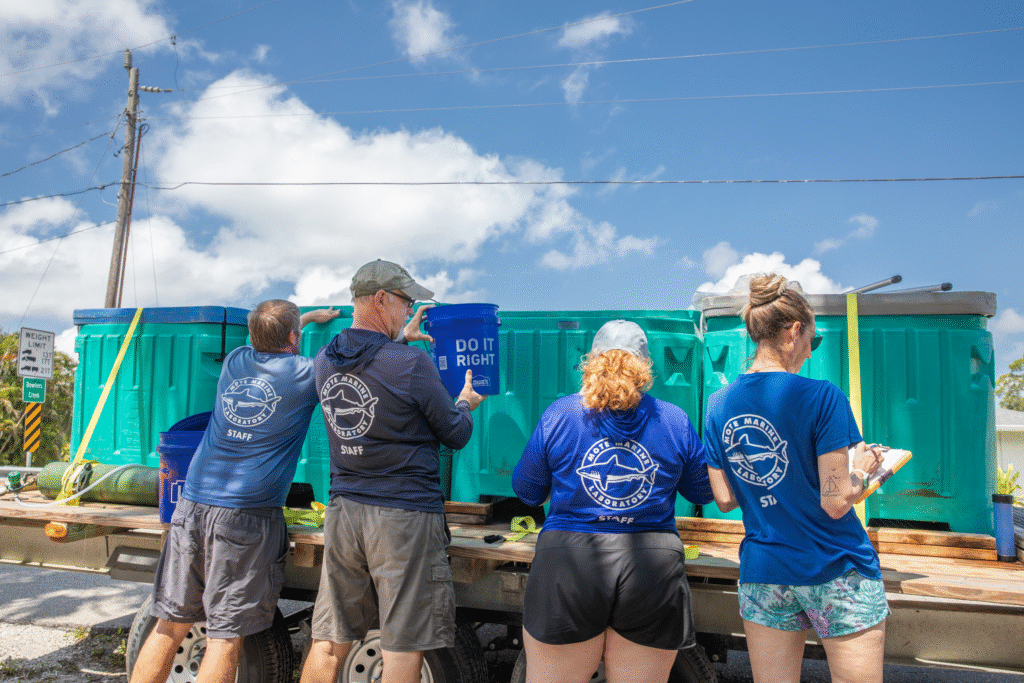
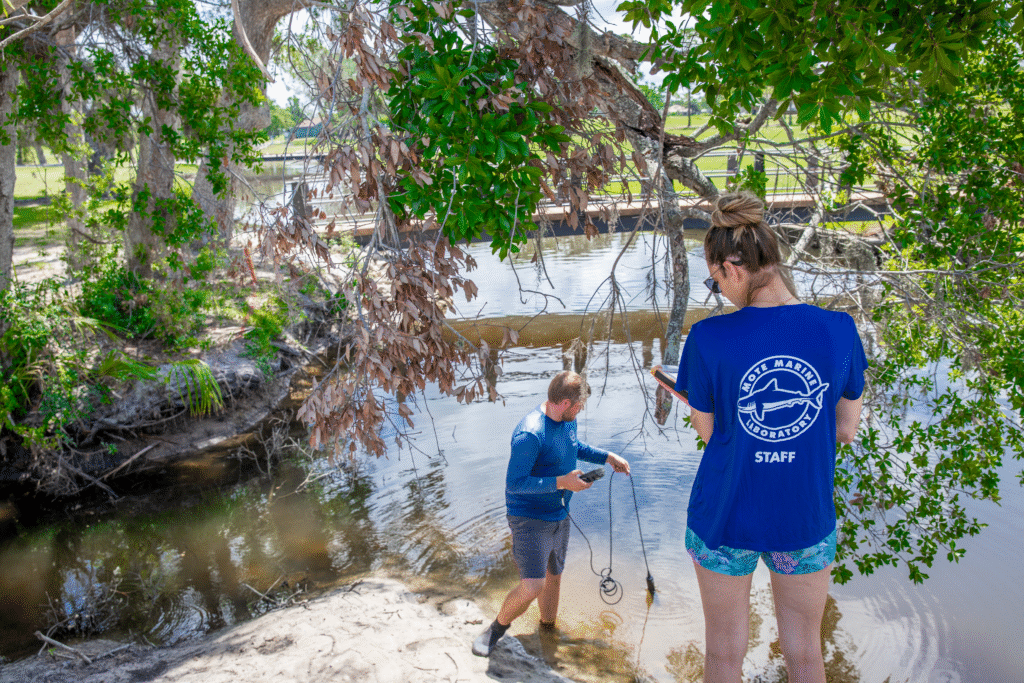
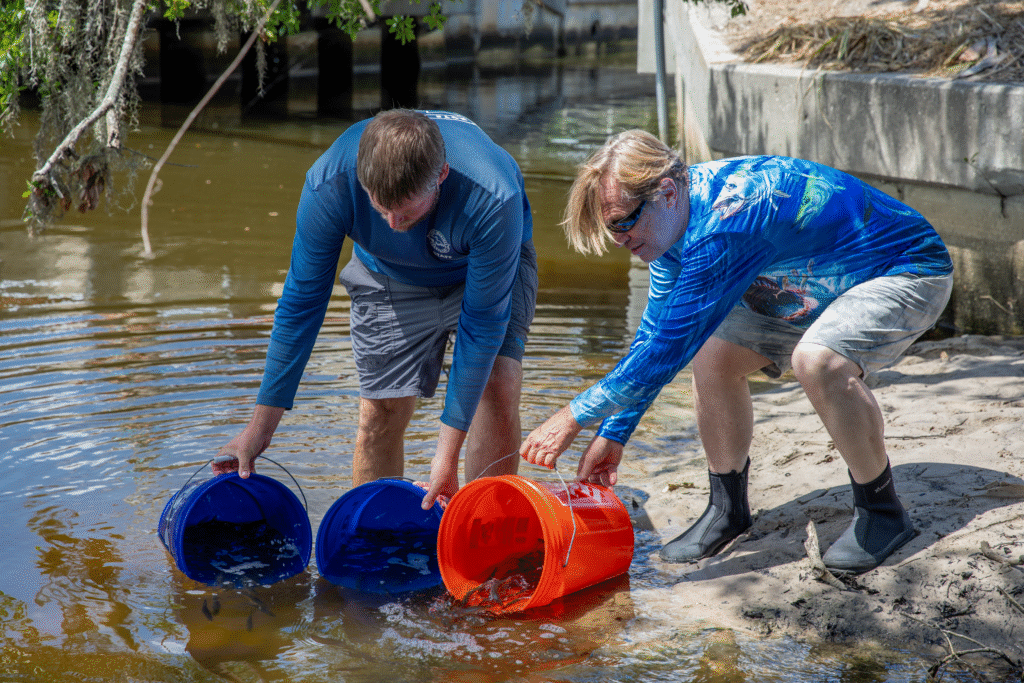
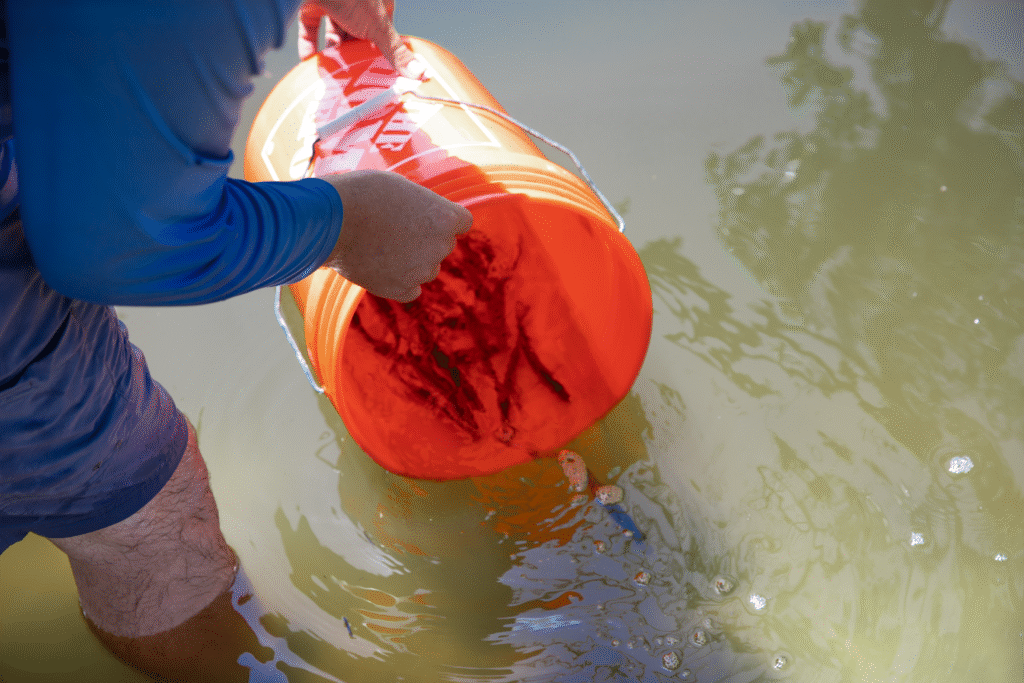
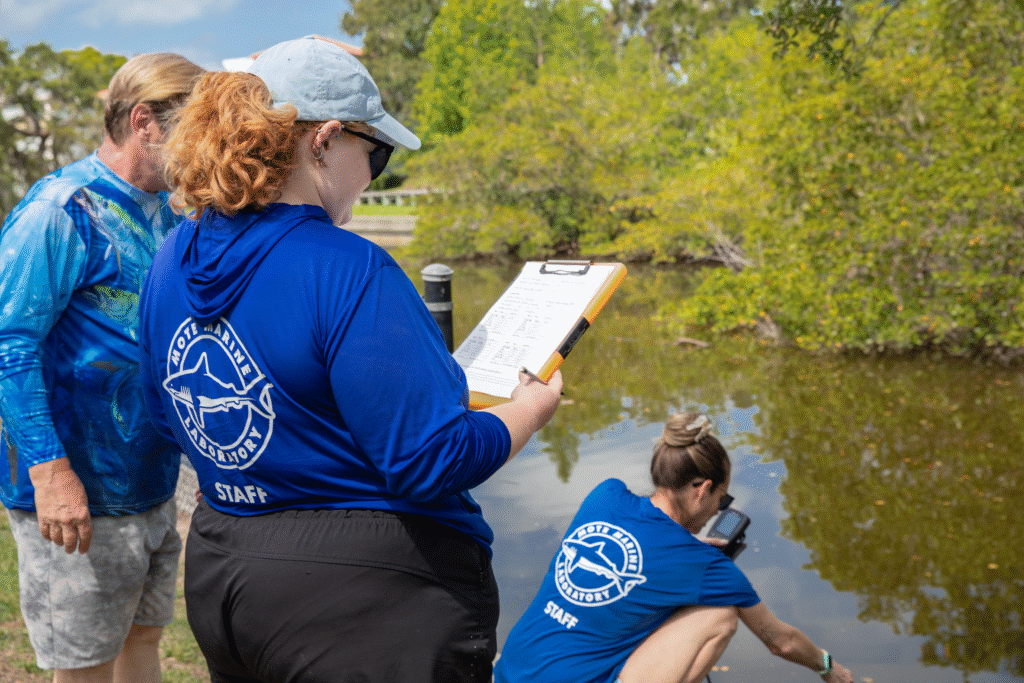
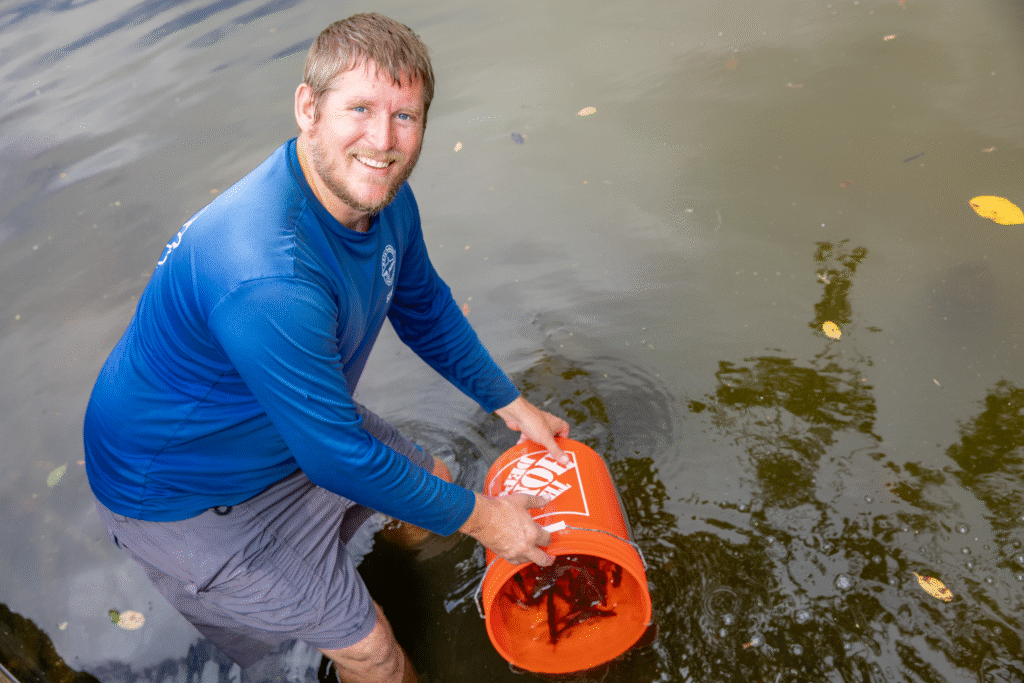

Mote’s snook release program is guided by research-driven objectives, including evaluations of post-release survival, movement ecology, habitat use, and contributions to wild population dynamics. These data inform adaptive management of stocking protocols—such as optimal release timing, fish size, site selection, rearing conditions, and release protocols. In addition, each fish underwent strict quality control protocols to ensure appropriate size, health, and acclimation to target salinity ranges prior to release.
Releases took place across estuarine habitats that offer favorable environmental conditions and complex structure essential for juvenile snook survival and growth. Selected sites included tidal creeks, mangrove-lined shorelines, and protected coves with high habitat complexity and food availability.
Unlike previous releases, this cohort was not tagged with physical markers. Instead, Mote scientists are employing genetic tagging techniques using known genetic profiles of the parental broodstock. Through advanced genotyping, researchers will be able to identify individual fish and their lineage from small tissue samples—such as fin clips—collected after release.
“We have the genetic profiles of the parents and the technology needed to match offspring recovered in the wild back to their source,” said Dr. Schloesser. “This allows us to trace fish without relying on external or internal physical tags.”
These advancements in genetic tagging will enhance Mote’s ability to measure the long-term success of stocking efforts and the contribution of large-scale releases to wild populations.
As a popular catch-and-release sportfish, snook support substantial economic activity within Florida’s recreational fishing sector, contributing billions annually. However, the species is sensitive to environmental fluctuations and has experienced periodic population declines following severe cold events and harmful algal blooms.
By integrating aquaculture innovation, ecological research, and long-term monitoring, Mote’s Fisheries Ecology & Enhancement Program is advancing the science of marine stock enhancement, contributing to sustainable fisheries management, and supporting the economic vitality of Florida’s recreational fishing industry.
